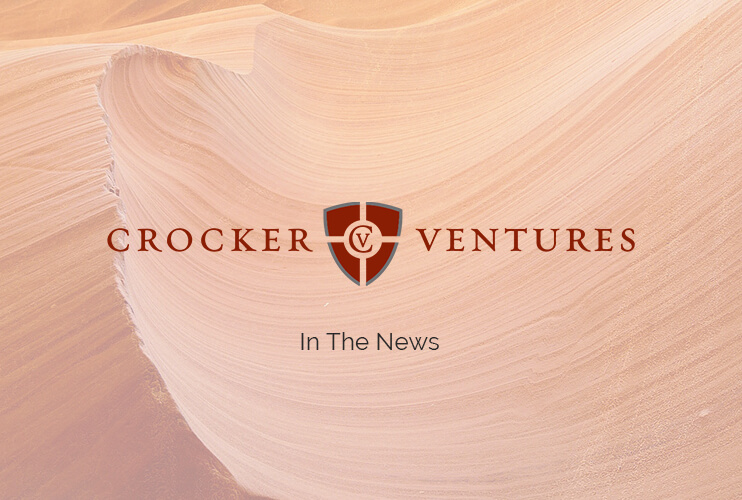By Wendy Leonard
Deseret News
March 8, 2010 — SALT LAKE CITY — When the dinosaur bones, rock slabs and fossils venture from their current location at Utah’s Museum of Natural History to a new home, the inside walls will come down to facilitate one of the largest on-campus renovation projects the University of Utah has yet to undertake.
Kicking off the project is a $10 million donation from one of Utah’s most successful entrepreneurial couples, Ann S. and Gary L. Crocker, founders of several science-based companies nationwide. Their gift begins an estimated $75 million renovation that will gather the U.’s College of Science from sprawling locations all over campus, to one core building, the historic George Thomas building, in President’s Circle.
“Now (the circle) is bounded on one side by science and on the other by Gardner Hall and the arts,” said U. President Michael K. Young. “I think how fitting it is, when you think about a great university, and you think about what it contributes to the world and what we bring our students who come here to learn, that they will walk through a circle that has on both sides, the most critical things — science and art.”
The plan is to gut the old museum, which originally housed the campus library, and turn it into a state-of-the-art facility, offering educational aspects from all four departments within the college of science — including chemistry, biology, mathematics and physics. It will be an interdisciplinary center for science education at the U. College of Science, said Dean Pierre V. Sokolsky. The design of the new building includes a seismic upgrade but will also “enable us to push forward our ideas about interdisciplinary research and education.”
The Center for Cell and Genome Science, named for the Crockers, will occupy 50 percent of the completed space, which Sokolsky said is a symbolic expression of the synthesis of teaching and research.
“The center is an exemplar of where science is going in terms of interdisciplinary nature,” he said. “It really is tuning in on the fact that the cell, the human cell and the cell of biological organisms, is the interface between our basic understanding of biology and of basic science, and applications to medicine and pharmacology. It all sort of comes together around the cell and the cell membrane.”
Crocker, a longtime friend of Young’s and past member of the U.’s board of trustees, said the life science industry depends on scientists who have an expansive knowledge base.
“It’s vital if you want to stay a leader in science education and science research,” he said, adding that it’s somewhat ironic that the proceeds from the companies he’s founded will now help fund the roots of science education.
“The University of Utah is the core generator of job and wealth creation for this state in the technology sector,” Crocker said. “If you don’t have a college of science that functions, you don’t create engineers, you don’t create physicians, you don’t create nurses. You simply don’t have a high-tech sector in this state unless you have a really world-class college of science.”
The Utah native’s involvement in the project is an attempt to “ensure preservation and protection of the very fragile asset” that the college has become over the years, which he says is essentially “in jeopardy because the physical facilities … are, in a real sense, antiquated.”
A new facility will contain the headquarters for the College of Science, as well as the genome science center and a small business incubator, “to get the ideas of researchers into the lives of real people,” Young said.
Interior renovation of the 125,000 square-foot building is expected to begin in 2012, with an anticipated move-in date in late 2014. It took two years to build the original structure in 1933, named for Thomas, who was a former professor and 22-year president of the university. Planning and development are under way for the new facility, but Young said funds still need to be secured.
The current museum will move to its new building in Research Park in late 2011 or early 2012.
“In this time-honored building, we will create an exceptional facility that trains generations of students to think scientifically and mathematically, imparting skills for the 21st century,” Sokolsky said.
Without those human assets, Crocker said Utah will lose “a tremendous economic comparative advantage.”
“The real essence of the gift is to protect the job and wealth generator that is the College of Science,” he said.
